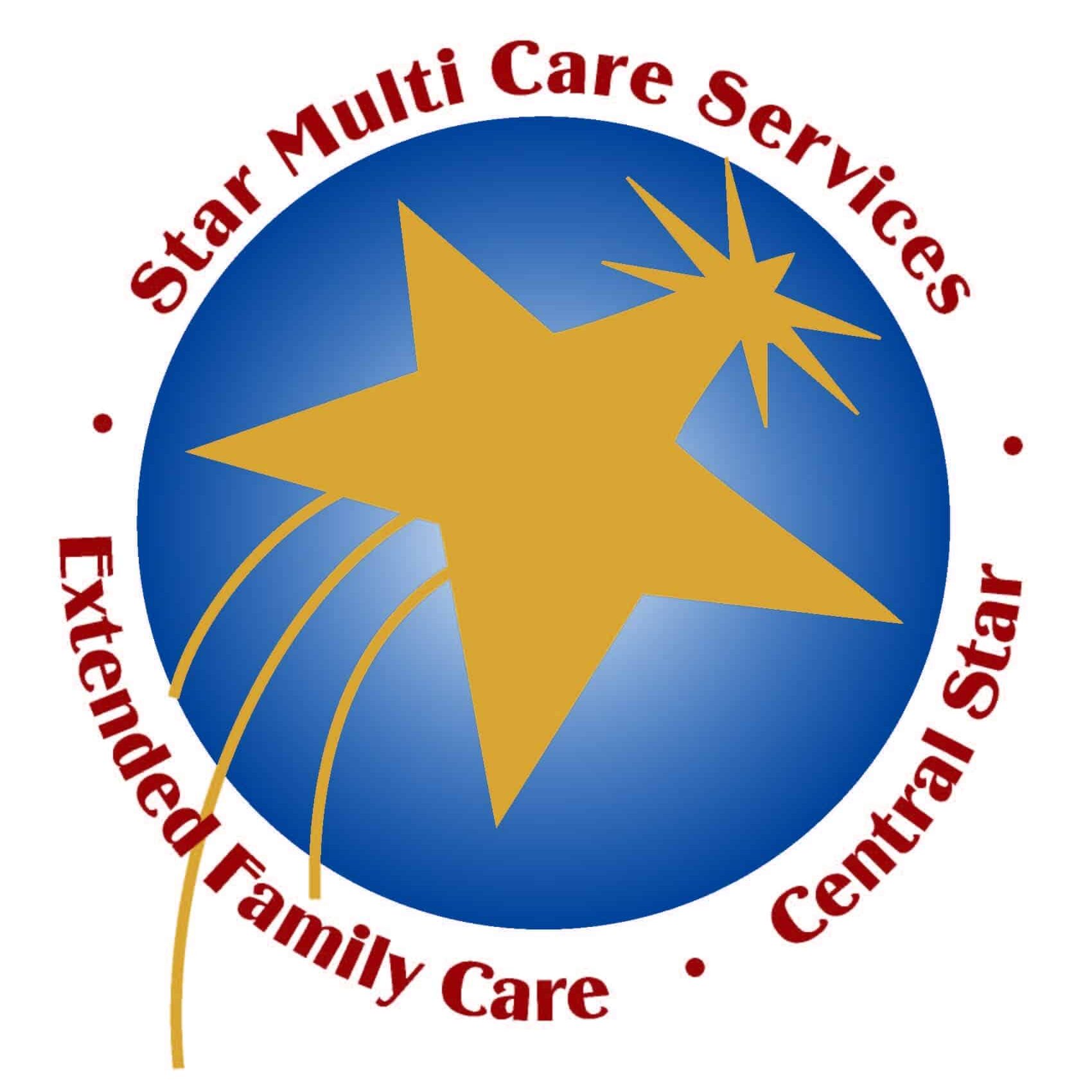
Melanoma is a dangerous type of skin cancer that is often discovered when a mole changes size, shape, or color. It is something that everyone should always be on the lookout for, but it is an especially deadly illness in the elderly.
Studies have shown that not only do elderly patients get melanoma more often than their younger counterparts, they have a higher mortality rate with melanoma as well. Thusly, it is important for you, as the one responsible for elderly care, to look out for any strange, new, or changing moles on your aging loved one’s body.
Melanoma in older adults is often very different from melanoma in younger people. It manifests with different signs, and it is oftentimes more severe. In many cases, the cancer-causing moles found in an elderly man or woman with melanoma are much larger than the ones found on a younger person, and in many cases the tumors that come with this disease are much larger as well.
An added danger is that there are many different subtypes of melanoma, many of which are more common in the elderly than in other people. These different subtypes are sometimes harder for a doctor to identify, meaning that they are not always discovered quickly enough to prevent serious or permanent damage.
To compound this already significant problem, more and more elderly adults are being diagnosed with melanoma every day. Over the past two decades, the number of older people who got melanoma increased by two hundred percent. This is a massive number, and while bringing awareness to the problem has begun to help somewhat, there is still a lot of work to be done.
If you care for an elderly person either in your home or theirs, take some time occasionally to check their moles. This may seem to them like a silly thing to do, but it is vital, because it could be one of the only ways to catch melanoma in its early stages. Melanoma is often not caught until it is too late, but you can prevent this from happening by staying vigilant (or at least attentive).
If you notice that your loved one has developed any new moles, or that the moles they already have are spreading, growing, or changing colors, have them checked by a dermatologist or a physician. It could turn out to be nothing, but it is better to be safe than sorry. Melanoma is not something that many people think of until they or someone they love has it, so a little bit of foresight could go a long way toward preventing something terrible down the road.
Although this article stresses that melanoma is more prevalent in the elderly, you should try to check your own moles as well, just to be safe. Melanoma can occur in anyone, and regardless of age, early detection is imperative. The earlier a diagnosis is made, the better chance you or your loved one have at survival.
If you or an aging loved one are in need of elderly care in Plainview, NY or the surrounding areas, contact the caring professionals at Star Multi Care Services today at (631)956-8835. We are the Right Choice for Home Health Care Services!
Sources:
http://www.cancernetwork.com/melanoma/melanoma-older-person
http://www.the-dermatologist.com/content/melanoma%E2%80%88why-older-patients-may-fare-better
- Honoring Our Team: Birthdays, Anniversaries, and New Additions! - April 28, 2025
- Health Benefits of Yoga for Seniors - April 24, 2025
- How Does Hospice Care Help Aging Adults Plan for the End of Life? - April 16, 2025

